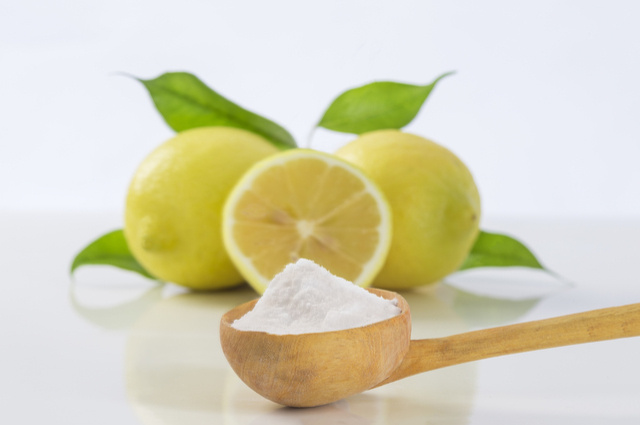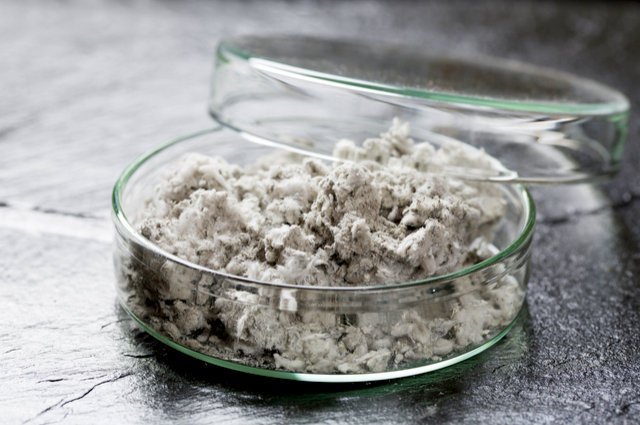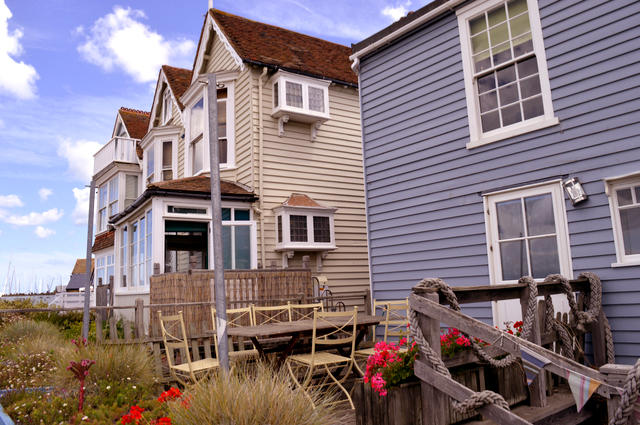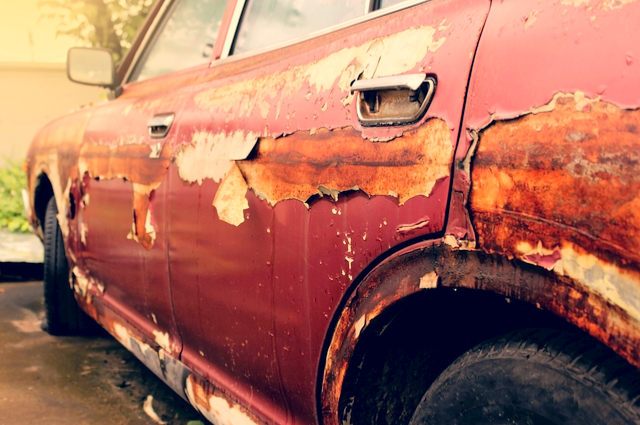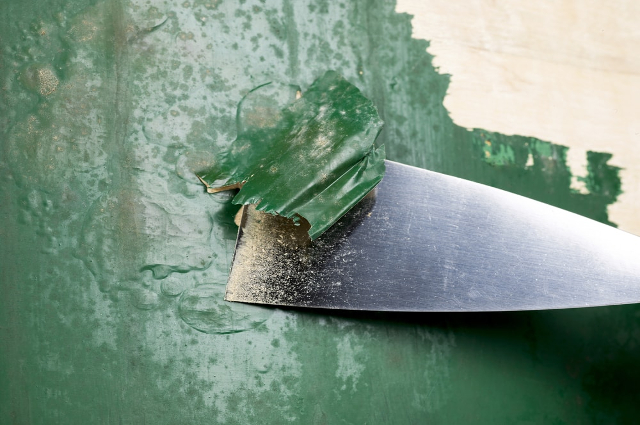
There has been an ongoing effort to spruce up newly bought home, which has involved stripping the paints from our banisters. The methods of stripping the paint depend on the surface of the material, and the type of paint that was used. Various methods are commonly known, and people select them according to preference, financial capabilities, etc.
Despite all, it is found essential to do paint stripping of old paint, because if you fail this step, the new court is likely to bubble and peel off more quickly. For best results, top coats of paint require undercoat and primer attached to the siding correctly. Paint peeling involves various methods of which some are dangerous and hard, but working to achieve their purpose. Some of the paint stripping ideas to improve your home are:
Scraping
This remains the best choice for stripping paint despite being tiresome. There is a sharp, rigid putty knife or blade that is designed just for paint scraping. They are popular, and most people prefer them. This is because you’ll minimise dust, and have better controls than if you used some other methods that will reap of dust which might contain toxins that aren’t health friendly.
This method is more suitable and easier if you’ve got very loose or alligatored paint. It will leave your home looking marvellous and splendid. All you need is to have a sharpener or even a white stone, which keeps the scraper sharpened during your activity, for best results.
Infrared heat paint removal method
This is the modern method of paint removal from wooden surfaces. This method is cheaper, neater, safer, and environmentally friendly. It makes a great alternative to techniques such as chemical and mechanical paint stripping. This technique quickly loosens all type of paint.
It works by penetrating the infrared rays, which eventually warm the substrate below the paint, thus loosening paint’s grip on the surface, and this makes it easy to scrape it off. This method eventually leaves a porous surface with a tooth to grip onto the primer and new paint for longer.
Dustless Blasting
This is an environmentally friendly method. It uses recycled glass, mixed with water to strip the paint off, leaving a natural and paint active surface behind. It is faster, greener and cleaner method of removing paints compared to the traditional soda, or even the sandblasting method. It does not cause any heat on a surface, while the water reduces friction, which helps solve the warping problem.
Use of Soy gel paint strippers.
This stripper works effectively to strip off paints from your house walls, sidings, sidewalks, gables, and patios. It is non-toxic, low in fume emission, and still, makes a great replacement to some of the harmful paint strippers. It is entirely organic and can be applied using a regular paint brush, and stays for hours without evaporating while you attend to other tasks.
All you do after working with the gel is to scrape off the paint and residue with a wet nylon brush and finally rinse with water. It leaves your house entirely looking neat as you make further arrangements to apply a new paint.




